Late Summer Fishing in the Midwest: What’s Still Biting?
As the dog days of summer gradually give way to early fall, Midwest anglers face a transitional period that many find challenging. The scorching temperatures of July have moderated, but we’re not yet into the fall feeding frenzy. For many fishermen, late summer (typically August through mid-September) becomes a puzzling time when familiar patterns seem to shift. However, this period offers some of the year’s most rewarding fishing opportunities if you know where to look and what to target. The changing water temperatures, shifting weather patterns, and evolving prey behaviors all contribute to unique late-summer fishing conditions across the Midwest’s diverse waterways. From the Great Lakes to farm ponds, from mighty rivers to suburban reservoirs, fish are still actively feeding—they’ve just adjusted their habits to match the season.
Understanding Late Summer Conditions
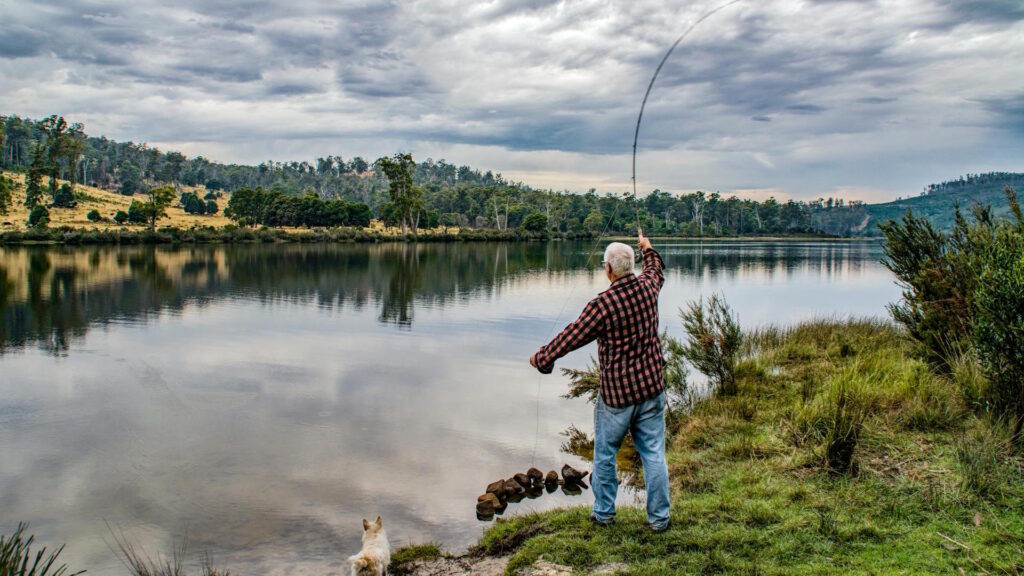
Late summer presents a unique set of conditions that directly impact fish behavior throughout the Midwest. Water temperatures typically reach their annual peak during this period, with many lakes and reservoirs showing surface readings in the high 70s to mid-80s Fahrenheit. This warming creates distinct thermoclines in deeper bodies of water, pushing many species to seek comfort in specific depth ranges where temperature and oxygen levels meet their biological needs. Additionally, late summer often brings more stable weather patterns than early summer, with fewer dramatic frontal passages, though afternoon thunderstorms remain common. Many waters also experience algae blooms and increased vegetation growth, which can affect visibility and oxygen levels, particularly in shallower areas. Understanding these conditions is essential for adapting tactics to match the changing behaviors of your target species.
Largemouth Bass Patterns
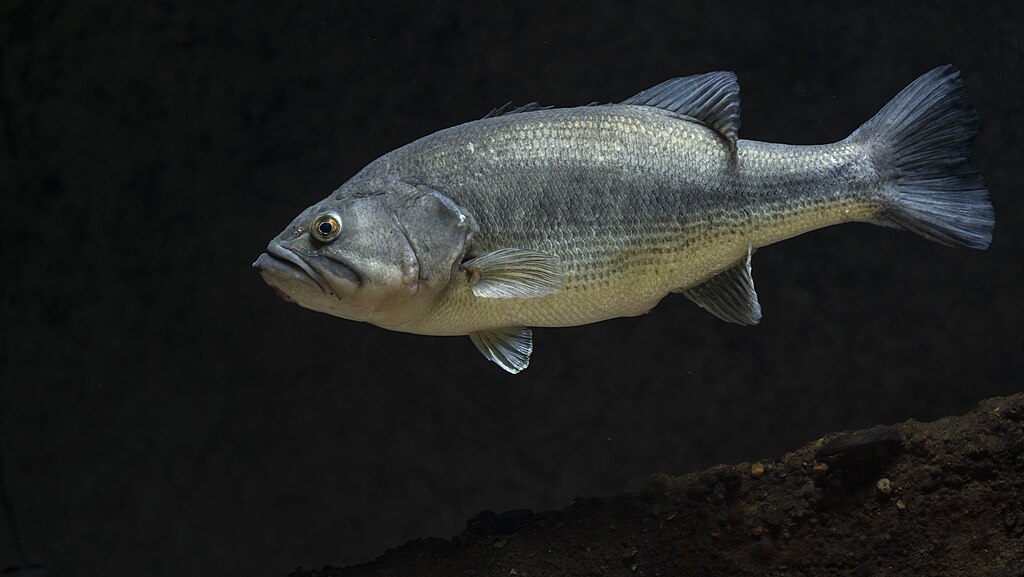
Largemouth bass remain one of the Midwest’s most pursued species, and late summer finds them settling into predictable patterns that savvy anglers can exploit. During this period, bass typically adopt either a deep or shallow pattern, with very little middle-ground activity. Early mornings and evenings may find bass prowling shallow weed edges and lily pads, particularly around complex cover that provides both shade and ambush opportunities. As the day progresses and temperatures rise, these same fish often retreat to deeper structure—drop-offs, points, and deep weed edges where they can remain comfortable while still having access to forage. Topwater presentations work surprisingly well during low-light periods, while deep-diving crankbaits, jigs, and large plastic worms become more productive once the sun climbs higher. Some of the season’s largest bass are caught during this transitional period as they feed heavily before the coming fall.
Walleye Tactics for Late Summer

Walleye fishing undergoes a significant transition during late summer, often challenging even experienced anglers with its subtlety. These prized game fish typically move deeper during daylight hours, congregating along structural elements like deep rock piles, underwater points, and the outer edges of weed lines in the 18-30 foot range. The traditional dawn and dusk shallow water bite can still produce, but these windows often shrink as summer progresses. Successful late summer walleye anglers frequently turn to live-bait rigging with leeches or nightcrawlers dragged slowly along bottom transitions, or casting and trolling with crankbaits that reach the appropriate depth range. On the region’s larger lakes and reservoirs, trolling with lead core line or downriggers becomes increasingly effective for locating scattered schools holding near thermoclines. Many Midwest guides consider late summer to be prime time for targeting trophy walleye, particularly on systems with strong baitfish populations.
Crappie Fishing Opportunities
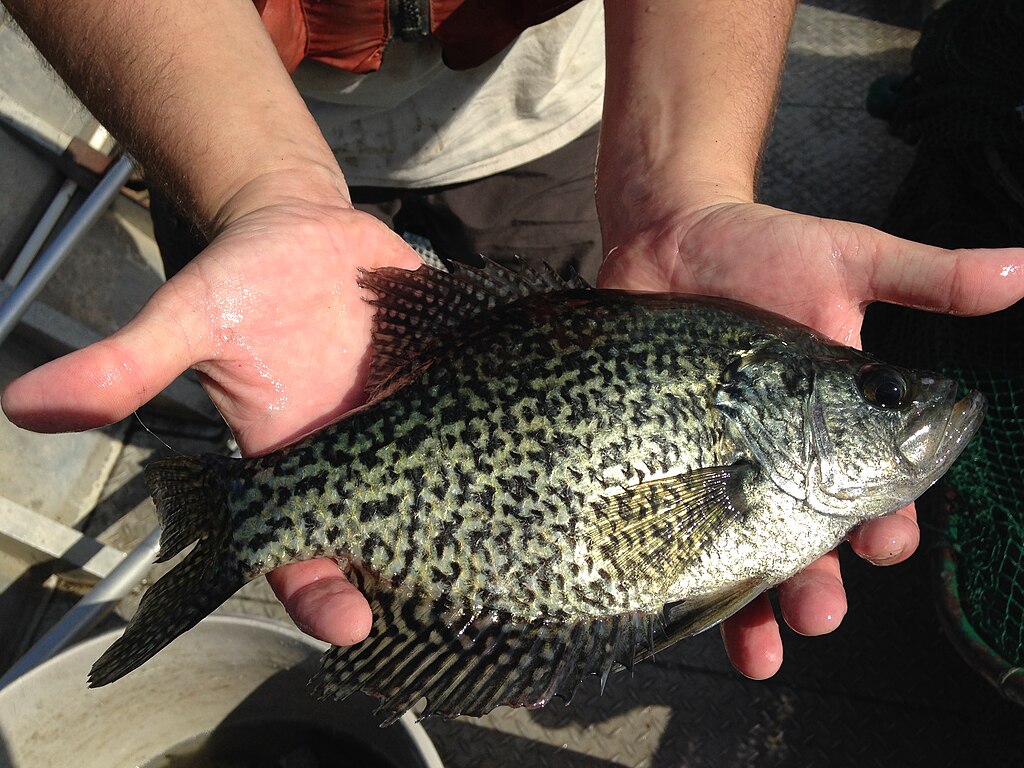
Crappie present a fascinating late summer target for Midwest anglers willing to adjust their approach from spring tactics. These popular panfish typically suspend in deeper water during this period, often holding near underwater structures like flooded timber, deep brush piles, or along the edges of creek channels. Schools become more concentrated than during spring, but also more depth-specific, usually positioning themselves just above the thermocline where comfortable water temperatures and abundant zooplankton create ideal feeding conditions. Electronics become crucial for locating these suspended schools, with modern sonar making this task considerably easier than in years past. Small jigs tipped with plastic bodies or live minnows, suspended under floats at precise depths, remain the go-to presentation for most successful crappie anglers. Early mornings and late evenings can also produce surprising shallow water action, particularly around docks with good depth and shade.
Bluegill and Sunfish Patterns
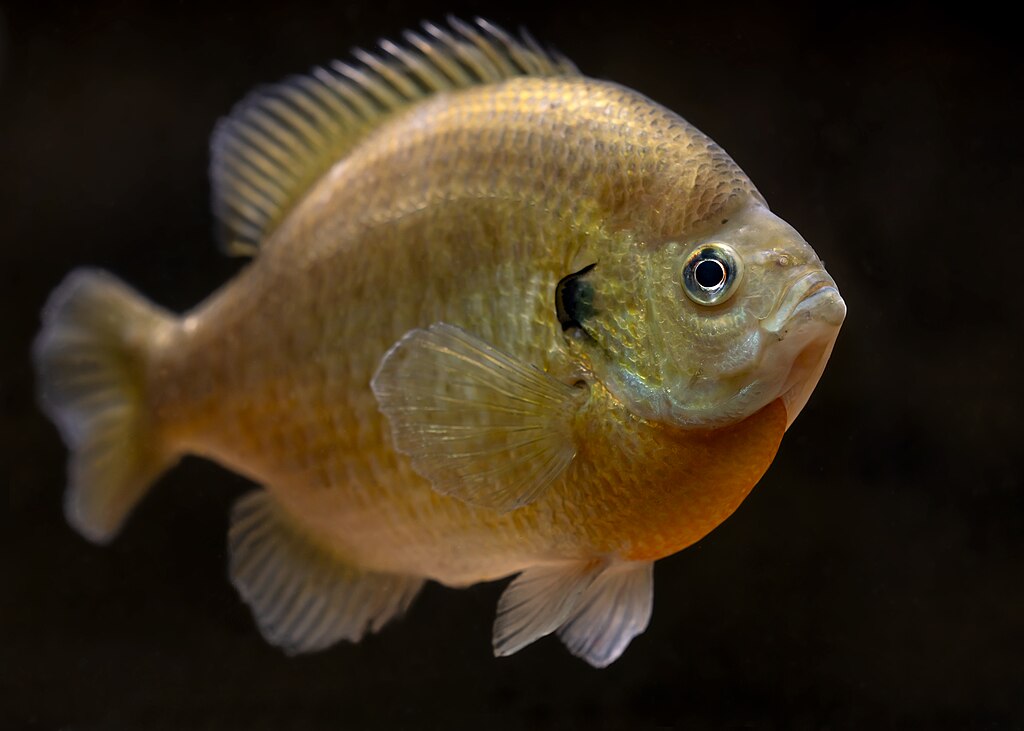
Bluegills and other sunfish species shift to predictable late summer patterns that can produce exceptional fishing for those who understand their habits. Unlike spring when these panfish move shallow to spawn, late summer finds adult bluegills typically holding along deeper weed edges or suspended near underwater structure. The largest specimens often separate from smaller fish, creating opportunities for trophy panfish hunters who focus on deeper water adjacent to feeding flats. Tiny jigs tipped with waxworms or pieces of nightcrawler remain deadly effective, particularly when presented on light line with a slow, deliberate retrieve. Early mornings might find quality bluegills feeding in the upper portions of weed beds, but as the day progresses, they typically retreat to deeper water or tighter cover. Farm ponds and smaller lakes often provide the best action, with less pressure and more consistent patterns than heavily-fished public waters.
Northern Pike and Muskie Strategies
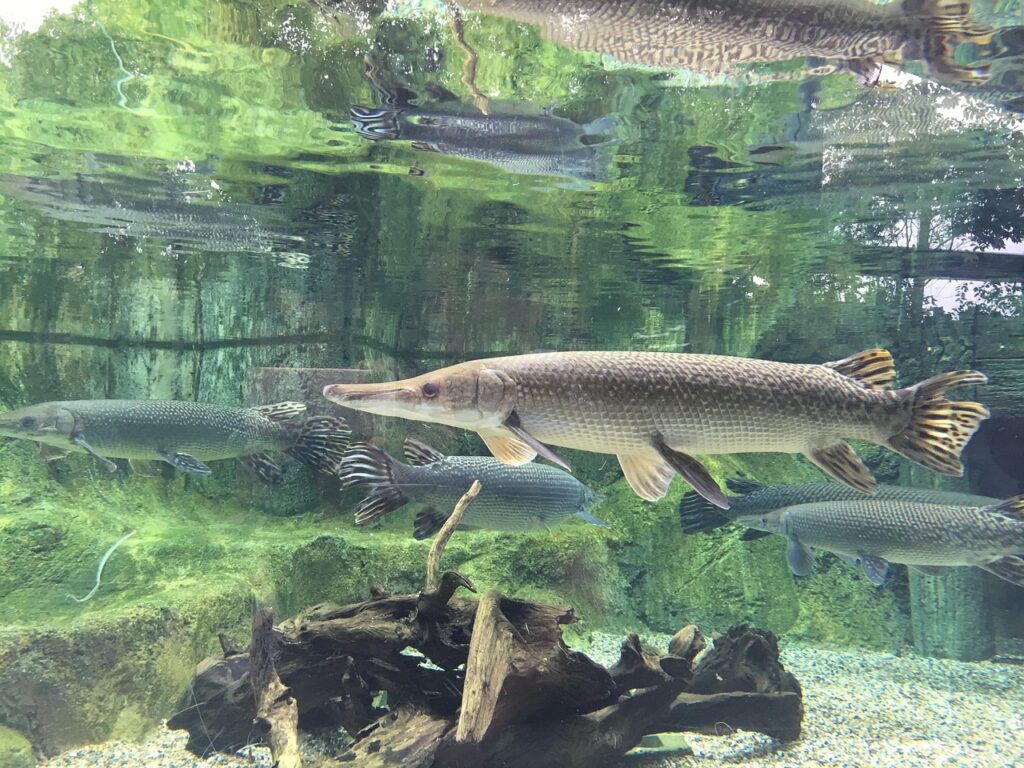
The Midwest’s premier predators—northern pike and muskie—undergo intriguing behavioral changes during late summer that create specialized fishing opportunities. Both species typically establish patterns related to baitfish movements, with larger specimens often moving to deeper structures where they can remain comfortable while ambushing prey. Weed edges, points, and deep rock structures become prime locations, particularly where current or wind creates favorable feeding conditions. For northern pike, large spinnerbaits, inline spinners, and live suckers produce consistent results when worked along the edges of deep weed beds. Muskie anglers often find success with larger presentations—large bucktails, crankbaits, and rubber-skirted jigs—worked with a faster retrieve than earlier in the summer. The period just before and during weather changes often triggers the most aggressive feeding activity for both species, with dropping barometric pressure frequently coinciding with the best action.
Catfish: The Summer Staple
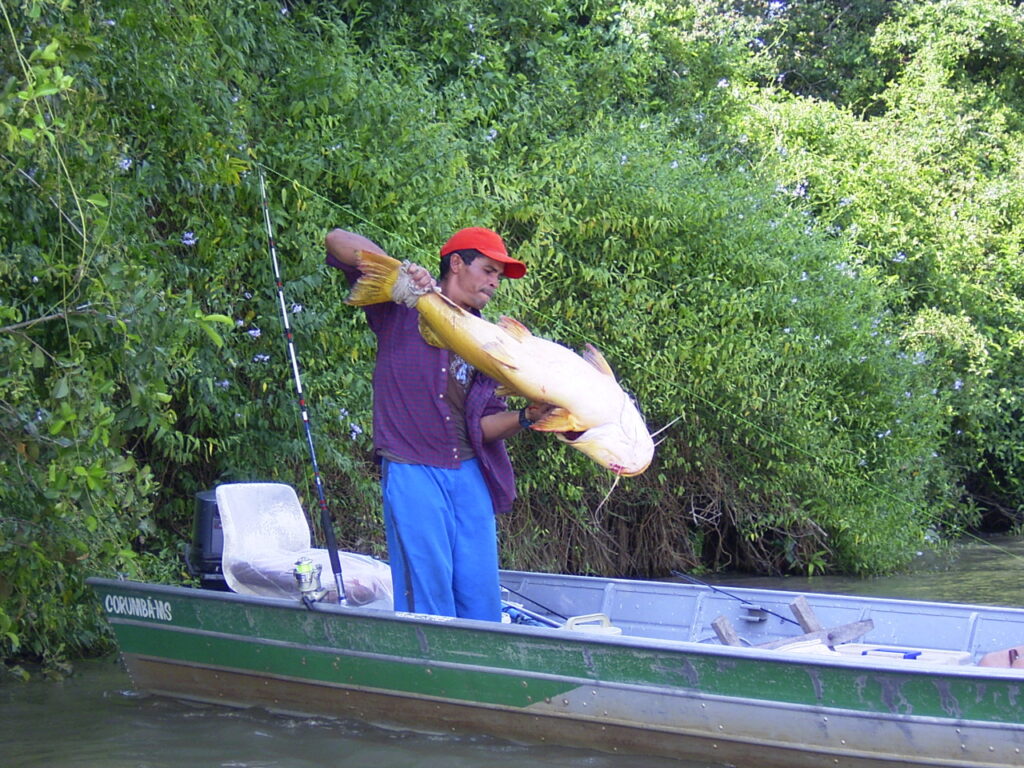
Channel, flathead, and blue catfish represent some of late summer’s most reliable targets throughout the Midwest’s river systems and larger lakes. Unlike some species that become less active during this period, catfish often feed aggressively as they build energy reserves for the coming winter. River catfish typically establish patterns around current breaks, deep holes, and structure that provides both protection and access to feeding lanes where they can detect food washing downstream. In lakes and reservoirs, catfish often hold along channel edges, points, and flats adjacent to deeper water, moving shallower during nighttime hours to feed more actively. Prepared baits, cut bait, and live offerings all remain effective, though preferences vary by species—flatheads typically prefer live bait while channels and blues readily take prepared or cut options. Night fishing becomes particularly productive during this period, with many serious catfish anglers switching to exclusively after-dark expeditions.
River Fishing Opportunities
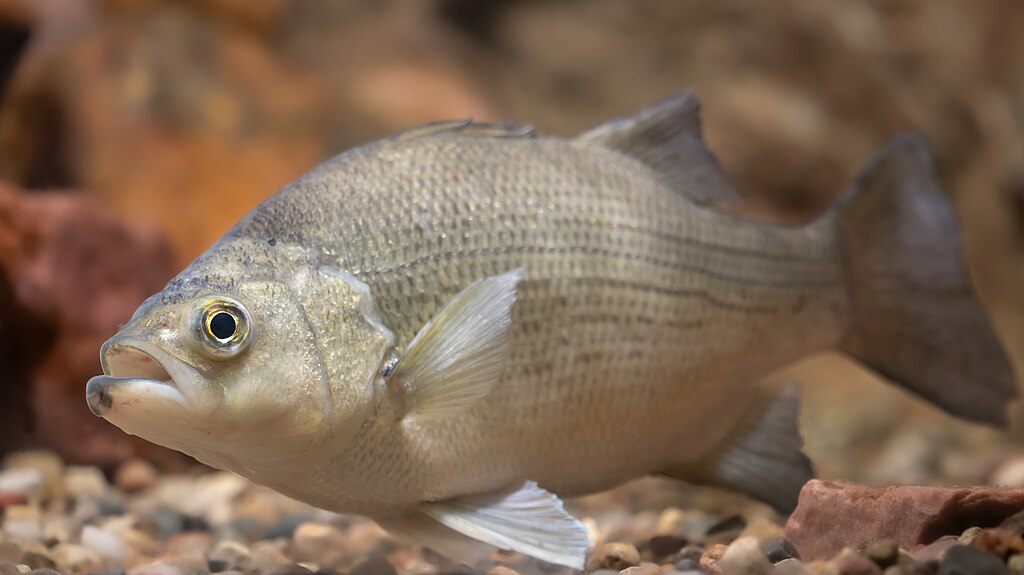
The Midwest’s rivers and streams offer exceptional late summer fishing opportunities as consistent water levels and established patterns create predictable action. Smallmouth bass fishing reaches a peak on many systems during this period, with fish establishing feeding stations around current breaks, rock piles, and submerged wood structure. White bass and hybrid stripers often school aggressively below dams and in deeper pools, creating fast action when located. Walleye and sauger concentrate in deeper channels and along current seams, particularly where tributaries enter main river systems. Catfish action remains steady throughout this period, with fish establishing predictable patterns around structural elements. Even smaller streams offer excellent opportunities for species like rock bass, sunfish, and creek chubs that provide entertaining action on light tackle. The cooling influence of flowing water often keeps river fish more active during daytime hours than their lake-dwelling counterparts.
Great Lakes Fishing Transitions
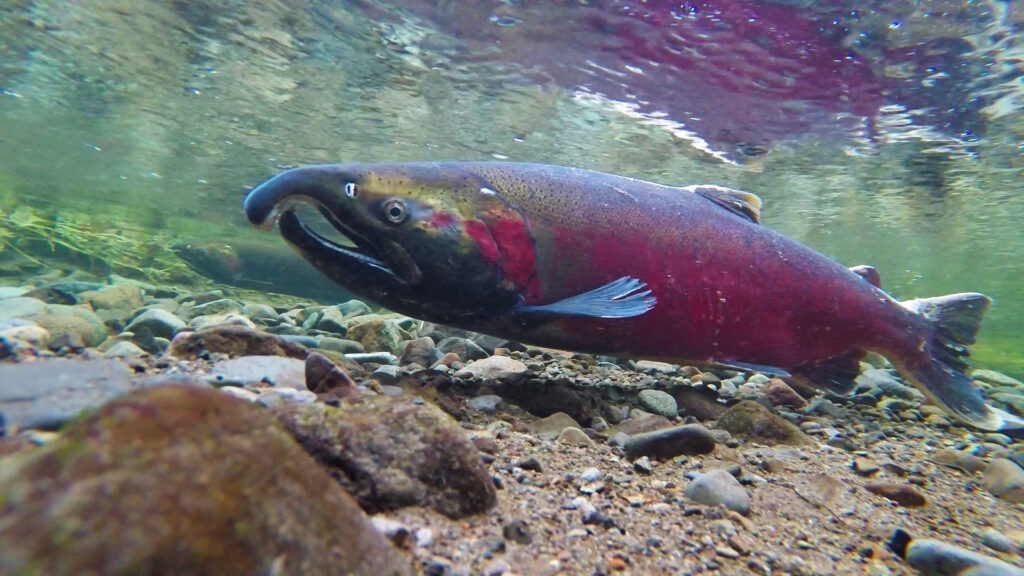
The Great Lakes enter a transition phase during late summer that creates world-class fishing opportunities for a variety of species. Salmon begin staging for their fall spawning runs, with Chinook, coho, and Atlantic salmon all becoming more accessible to shore and boat anglers alike. Lake trout typically hold in deeper water but remain catchable with appropriate deep-water techniques. Smallmouth bass fishing peaks in many parts of the Great Lakes, with fish congregating around rocky structure and reef complexes. Walleye fishing transitions toward deeper water trolling patterns, with fish often suspending over basin areas rather than holding tight to structure. Yellow perch begin schooling more aggressively, creating opportunities for limit catches when located. The vastness of these waters means conditions can vary dramatically from one area to another, making local knowledge and recent reports particularly valuable for planning successful outings.
Essential Gear for Late Summer Success

Late summer fishing demands specialized equipment to meet the challenges of changing conditions across the Midwest. Quality polarized sunglasses become essential for spotting subtle weed edges, locating suspended fish, and reducing eye strain during the season’s bright conditions. Lightweight, breathable clothing with UV protection helps anglers remain comfortable during long days on the water, while appropriate sun protection becomes non-negotiable for preventing serious sunburn. Electronics play an increasingly important role, with side-imaging sonar helping to locate structure and suspended fish that would otherwise go undetected. Live bait storage requires extra attention during this warm period, with aerated containers and ice packs often necessary to keep minnows, leeches, and nightcrawlers lively. Many successful anglers also increase their line strength slightly to account for the season’s thick vegetation and aggressive strikes from fish that are actively feeding before fall.
Weather Patterns and Fish Activity
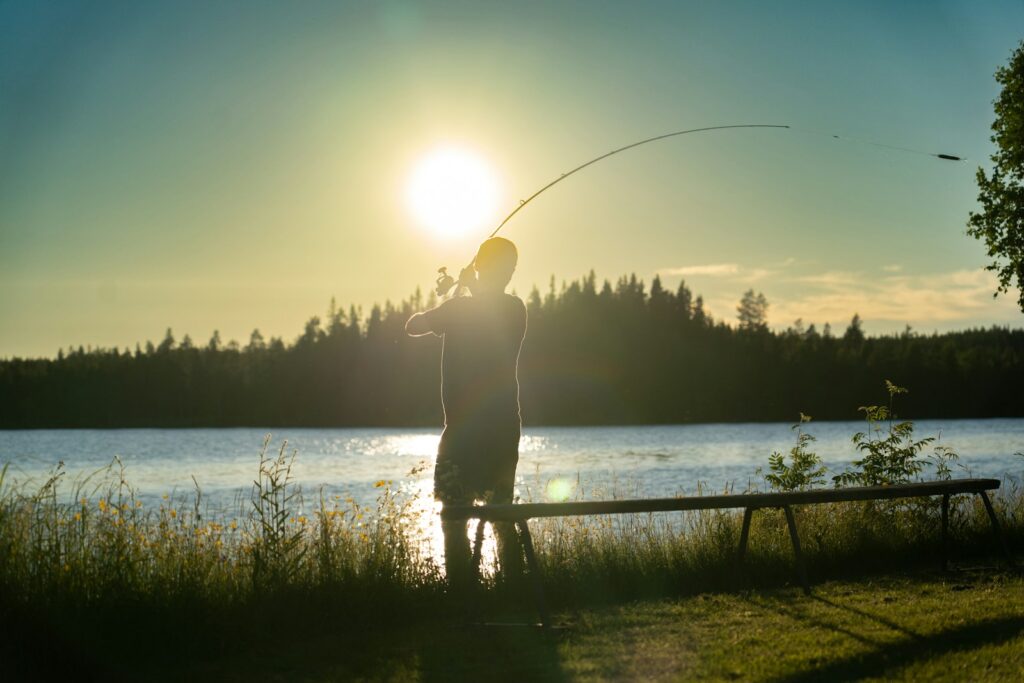
Weather plays a crucial role in late summer fishing success, often having a more pronounced effect than during other seasons. Stable, high-pressure systems typically create challenging conditions with clear skies and minimal wind, pushing fish deeper and making them more reluctant to feed aggressively during daylight hours. Conversely, approaching weather fronts—particularly those bringing gentle cloud cover, light rain, or moderate winds—frequently trigger feeding frenzies as barometric pressure begins dropping. Morning fishing becomes increasingly productive as overnight temperatures begin cooling in late August and early September, creating a comfortable feeding period before the day’s heat builds. Thunderstorms, while potentially dangerous for anglers, often create prime post-front fishing as they destabilize the water column and trigger feeding activity. Successful late summer anglers pay close attention to weather forecasts, planning their approaches and targeting specific species based on upcoming conditions rather than convenience.
Nighttime Fishing Opportunities

As daytime temperatures peak during late summer, many Midwest species become increasingly active after dark, creating specialized night fishing opportunities. Walleye, traditionally known for their low-light feeding habits, often move shallow after sunset, creating accessible fishing along shorelines, reefs, and points that might be unproductive during daylight hours. Catfish activity typically increases dramatically after dark, with even trophy specimens moving into relatively shallow water to feed. Bass fishing takes on a different dimension at night, with slow-moving presentations like large plastic worms, jigs, and noisy topwater lures producing heart-stopping strikes in the darkness. Crappie anglers frequently target lighted docks and bridges, where insects and baitfish concentrate, attracting hungry panfish. Safety considerations become paramount for night fishing, with navigation lights, headlamps, and careful pre-planning of fishing areas all essential for an enjoyable and productive experience.
Conservation Considerations
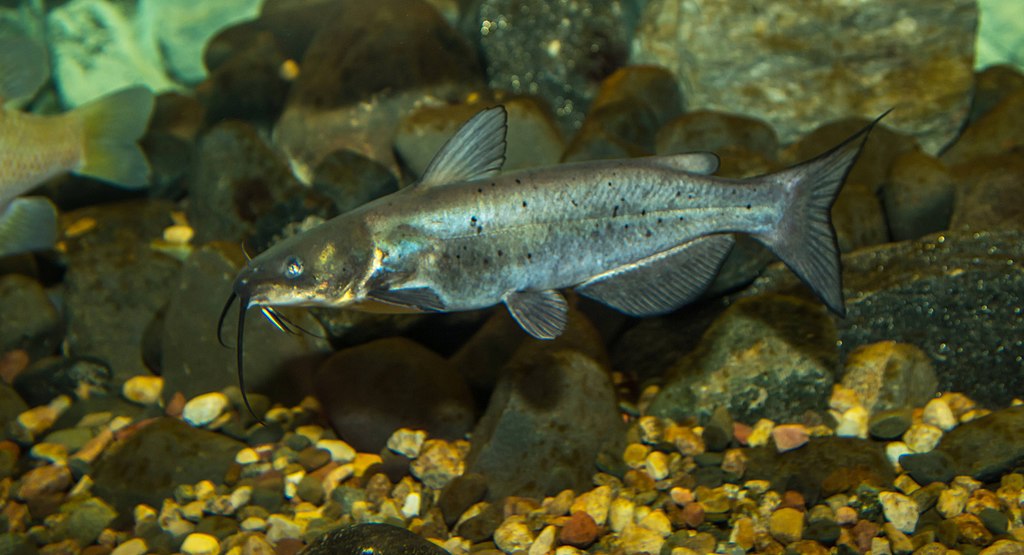
Late summer brings unique conservation challenges that responsible Midwest anglers should consider when pursuing their favorite species. Higher water temperatures reduce oxygen levels and increase stress on caught fish, making proper handling techniques even more critical than during cooler periods. Fish caught from deeper water often suffer from barotrauma—the expansion of swim bladder gases as they’re brought to the surface—requiring specialized release methods or careful targeting of shallower fish when catch-and-release is planned. Taking photos quickly and keeping fish in the water as much as possible helps reduce stress during the release process. Water quality issues like algae blooms become more common during late summer, with some creating toxic conditions for both fish and humans in extreme cases. Many conservation-minded anglers shift their focus toward species that handle the season’s conditions better, targeting catfish and bass while giving more sensitive species like trout a break until cooler temperatures return.
Conclusion
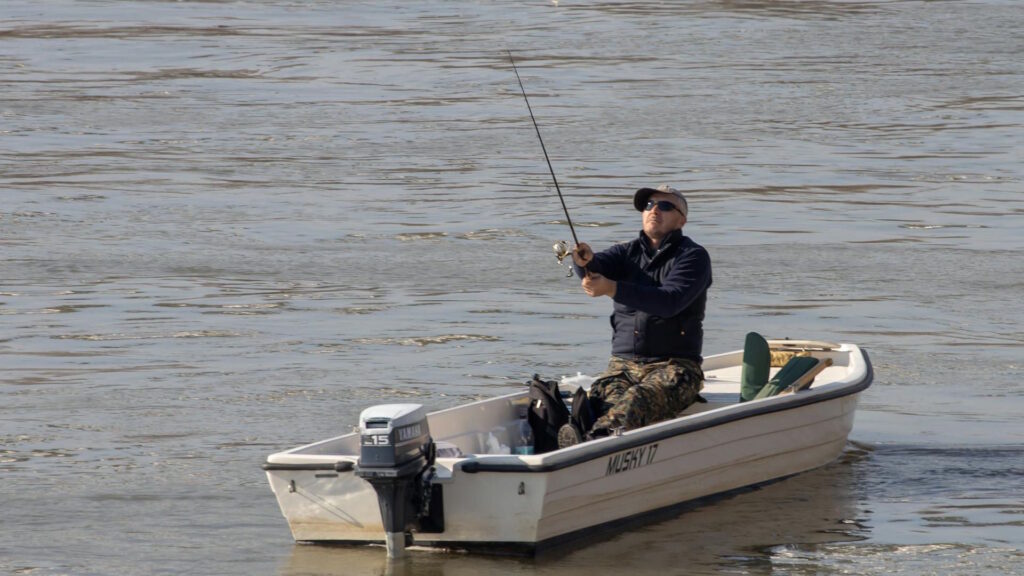
As summer transitions toward fall across the Midwest, anglers who understand the seasonal patterns find themselves enjoying some of the year’s most productive fishing. While techniques may require adjustment and fishing hours might shift earlier or later in the day, nearly all the region’s popular species remain catchable—and often at their heaviest weights of the year. By matching presentations to the prevailing conditions, remaining flexible in your approach, and paying attention to the subtle cues that nature provides, late summer can transform from a challenging period into one of your most anticipated fishing seasons. The lessons learned during this transitional time often make anglers more complete in their understanding of fish behavior, creating skills that transfer across seasons and waterways. As the first hints of autumn appear, Midwest anglers can look forward to both the immediate opportunities of late summer and the approaching fall feeding frenzies that lie just around the corner.


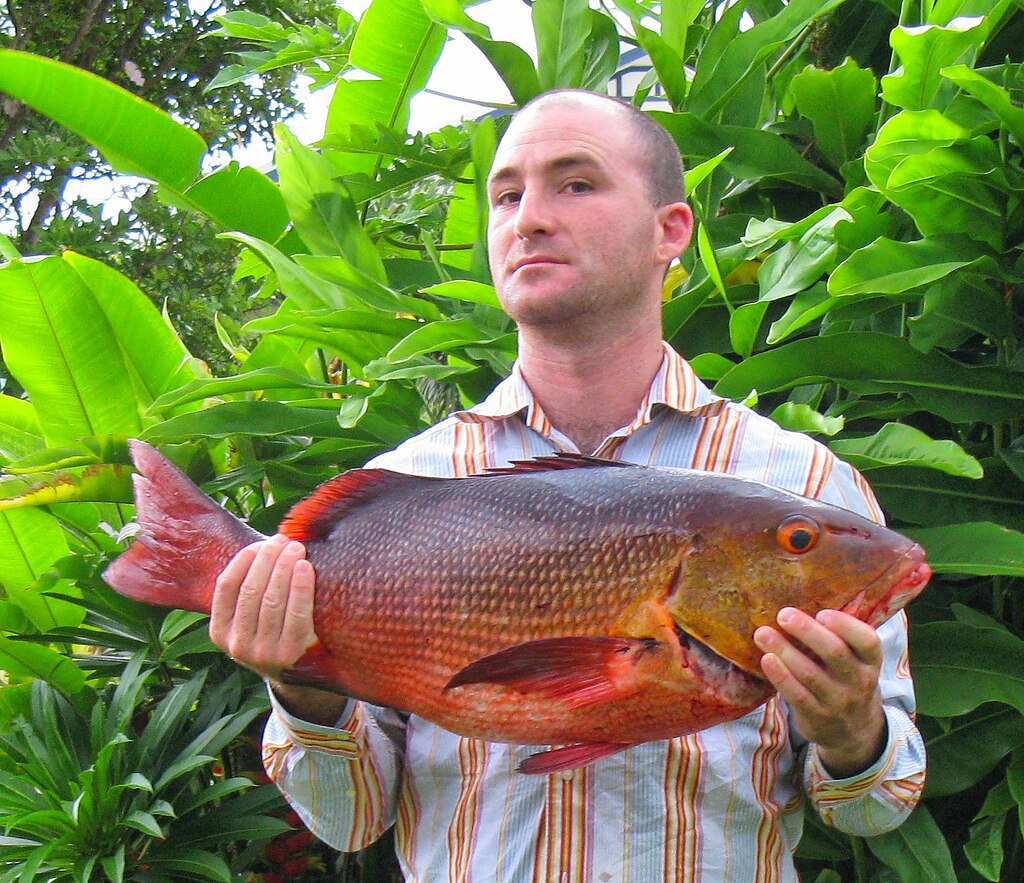











Post Comment